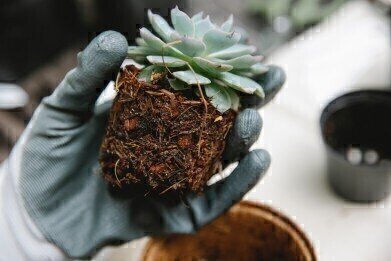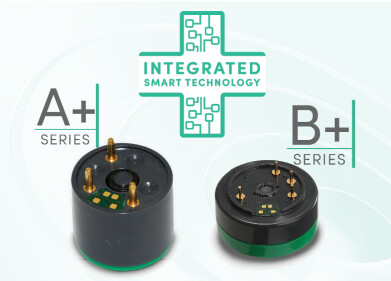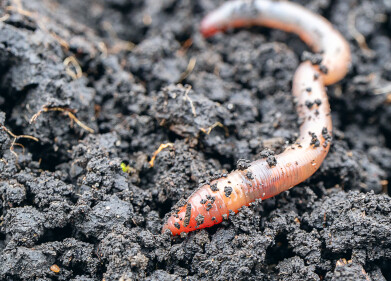Environmental Laboratory
Plant Roots Mimicked to Develop Soil-Monitoring Robots
Dec 06 2014
Biomimicry, the imitation or emulation of natural and biological systems in order to solve complex human problems, has resulted in a variety of new technologies inspired by nature. While this may seem a new concept, it can be traced back as far as the 15th century, when Leonardo Da Vinci was studying the flight of birds in order to design a human flying machine.
Most recently, a number of technologies have emerged from the study and mimicry of plants and the way in which their roots function. One such example is a project called the Innovative Robotic Artefacts Inspired by Plant Roots for Soil Monitoring - or PLANTOID for short - a European Commission-funded research project into the behaviour of roots with the aim of developing advanced soil monitoring technologies.
What is the PLANTOID project?
Conducted at the Center for Micro-BioRobotics at the Italian Institute of Technology (IIT), PLANTOID is a 36-month research project with the goal of developing intelligent and innovative robotic technologies which mimic the roots of plants. The project's two major goals are to mimic and manufacture the principles that enable plant roots to explore and adapt to underground environments, and to formulate scientifically testable hypotheses and models of some unexplored characteristics of plant roots.
The project researchers - a team of engineers, plant biologists, and computer scientists - are specifically interested in the way in which roots grow and respond to changes in the environment, their energy-efficient movements, and their proficiency in infiltrating soil at any angle.
What are the results of the PLANTOID project so far?
To date, the project has resulted in two root-like robotic instruments. The first embodying artificial growth and penetrating the soil by an additive process of material; the second incorporating the bending capabilities of roots in three directions, with a sensory system to measure temperature, touch, gravity, and humidity, and the required electronics for sensor conditioning and actuation control.
The robotic roots are fitted to a trunk which contains a communicative micro-controller main board, and a system of artificial leaves that respond like real plants to changes in environmental conditions.
The next step of the project is to integrate a number of plant functions into a single robotic root, and to develop new flexible robots inspired by plantlife that are capable of growth by adding new materials.
The project researchers anticipate that these robotic plants will be used worldwide and even on other planets to monitor soil and detect mineral deposits or contaminated areas. For more information on this topic, take a look at why soil contamination happens or how contaminated soil effects the Environment. The robots might even be incorporated in medical and surgical practices, for instance as flexible endoscopes capable of steering and growing within delicate human organs.
Digital Edition
IET 34.2 March 2024
April 2024
Gas Detection - Biogas batch fermentation system for laboratory use with automatic gas analysis in real time Water/Wastewater - Upcycling sensors for sustainable nature management - Prist...
View all digital editions
Events
May 13 2024 Munich, Germany
May 15 2024 Lund, Sweden
May 15 2024 Frankurt-am-Main, Germany
May 20 2024 Columbus, OH, USA
May 21 2024 Lagos, Nigeria


















